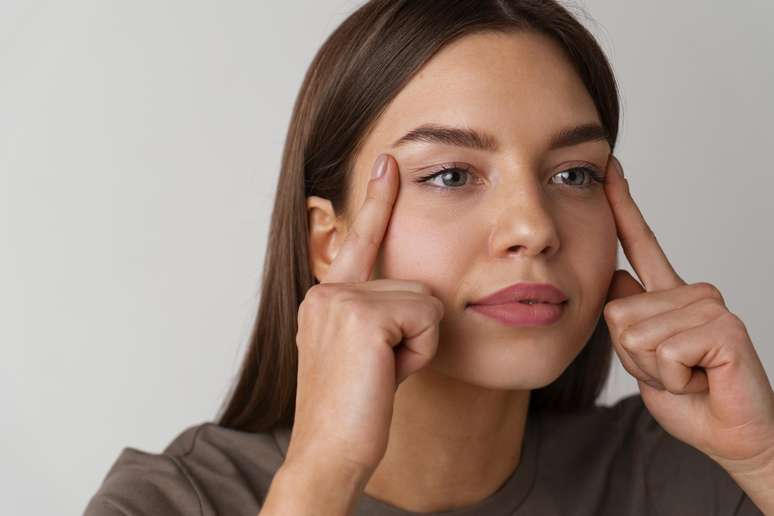Experts give advice on how to slow down changes in your appearance over the years with non-invasive options
Over the years, it is common to notice subtle changes in your eyes. The drooping of the eyelids, or eyelid ptosis, is one of the most visible transformations that time brings to the skin around the eyes, affecting expression and even self-esteem. But is it possible to prevent or cure this failure without resorting to surgery?
In an interview with Earth you, dermatologist Lucas Miranda, member of the Brazilian Society of Dermatology, and biomedical specialist in Aesthetic Medicine, Thiago Martins, explain why eyelids fall and how to prevent this from happening.
“The loss of collagen, elastin and hyaluronic acid over the years compromises the firmness and elasticity of the skin, especially in this region,” explains the dermatologist. In addition to aging, external factors, such as intense sun exposure, smoking and pollution, can accelerate the onset of sagging skin.
Treatments to avoid
For those who want to prevent or treat droopy eyelids without surgery, there are several non-invasive options. According to the doctor, in addition to the application of botulinum toxin, which helps to lift the eyelid and soften the expression, procedures such as microfocused ultrasound and fractional radiofrequency stimulate the production of collagen, improving the firmness of the skin around the eyes.
A technique recommended by the specialist for moderate cases is the APhen Peel®, a deep peeling he developed, which promises rejuvenating results around the eyes without the need for surgery.
Daily care and prevention
Daily sun protection is essential for maintaining the health of the skin around the eyes. “The daily use of sunscreen is essential to protect the skin from UV rays, which are one of the main causes of premature aging,” underlines the professional. He also recommends the use of creams with specific active ingredients, such as retinol, peptides and vitamin C, which act to strengthen the skin and prevent sagging by stimulating collagen.
Biological and genetic factors also contribute
Genetic aspects also contribute to early sagging of the eyelids. The biomedical scientist explains that, in addition to genetics, the natural aging process leads to a progressive reduction in the ability to produce collagen and elastin.
“The skin on the eyelids is naturally thinner and, over time, loses its ability to regenerate effectively, resulting in excess skin and wrinkles,” explains Martins.
Some nutrients play an important role in maintaining the firmness of the eyelids. The specialist recommends vitamins such as vitamin C, which acts in the synthesis of collagen, and vitamin E, which protects against oxidative damage.
Additionally, consuming silicon, zinc, and omega-3s can benefit skin health by keeping collagen and elastin fibers strong. “Adequate hydration is also essential for the skin in this region,” he adds.
Source: Terra
Ben Stock is a lifestyle journalist and author at Gossipify. He writes about topics such as health, wellness, travel, food and home decor. He provides practical advice and inspiration to improve well-being, keeps readers up to date with latest lifestyle news and trends, known for his engaging writing style, in-depth analysis and unique perspectives.





![It All Begins Here: What’s in store for Thursday 16 October 2025 Episode 1286 [SPOILERS] It All Begins Here: What’s in store for Thursday 16 October 2025 Episode 1286 [SPOILERS]](https://fr.web.img3.acsta.net/img/7d/99/7d99acbb3327f48a72b40f684092775e.jpg)

-qe1jxfyoo3eh.JPG)

